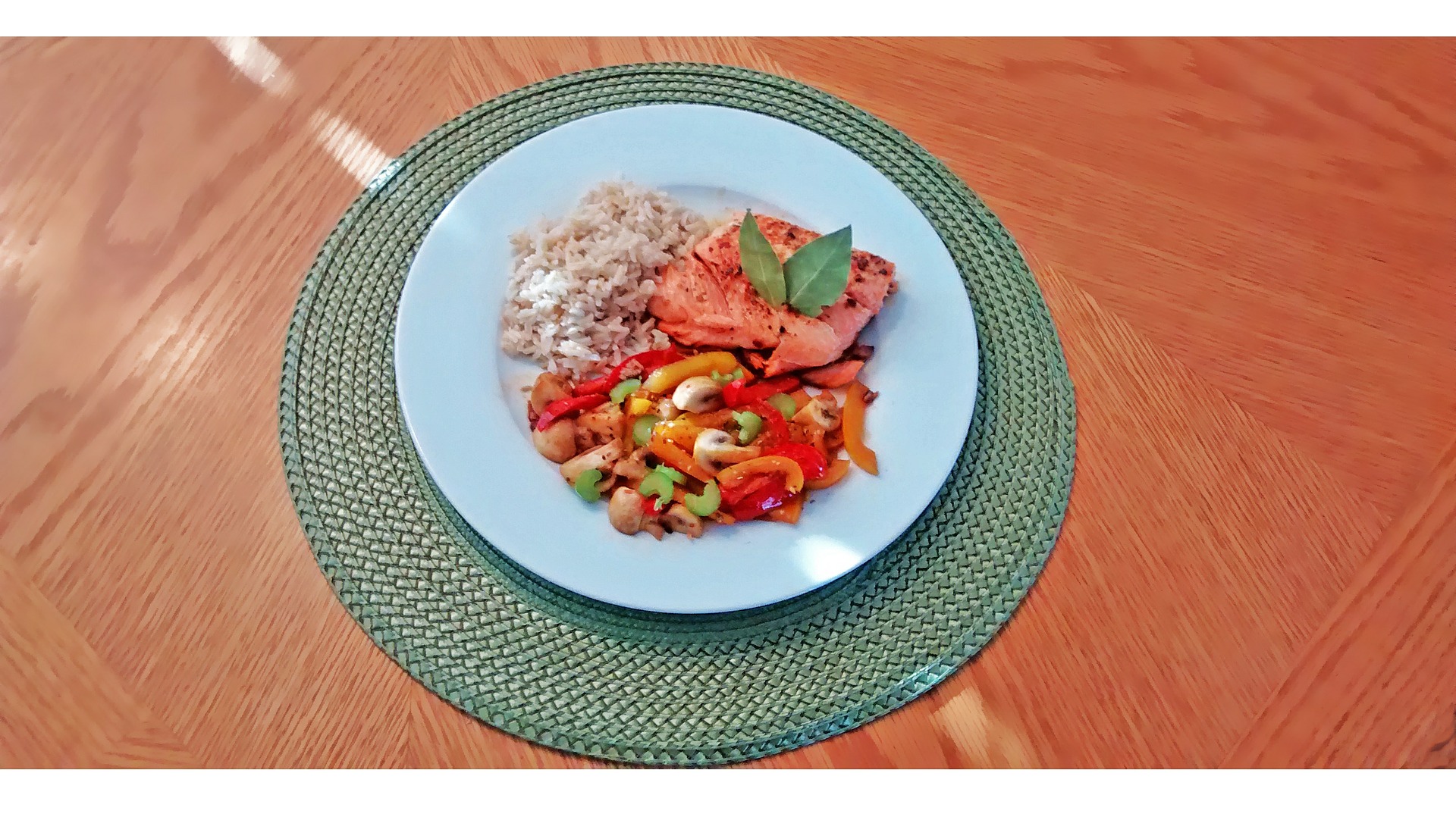Written by Haarika Gogineni and Edited by Kevin Liu

Nutrition describes components of food and their relation to growth, nourishment, and health in the body. An imbalance in nutrition is described by the lack or excess of nutrients necessary for the growth or maintenance of an individual’s health. Nutritional deficiency, or the body’s lack of nutrients, can be attributed to multiple factors depending on the individual’s environment and circumstances [1]. Social factors including war, poverty, and famine, as well as voluntarily not prioritizing nutrition may contribute to nutritional imbalance. Other factors such as medical disease states can cause disproportionate absorption of nutrients such as in Crohn’s disease, cystic fibrosis, Type 1 diabetes, and imbalances stemming from the use of medication or drugs. In some cases, people may disregard the importance of nutritional balance in their diet and assume that a filling meal is sufficient to maintain bodily functions, especially given that the contemporary era has brought with it many advancements in healthcare. In these cases, people may become too busy with work to cook and go out to eat food that lacks the nutrients that they need to maintain their health. It is necessary for society as a whole to understand the magnitude with which food influences physiology and overall wellness, especially in times of crisis when the most nutritious food may not be readily available.
Nutrition is often most emphasized in children, as seen through Michelle Obama’s “Let’s Move” program, which was aimed at reducing childhood obesity. In 2019, the WHO reported that a staggering 38.3 million children were overweight around the world, with another 144 million that were underweight, mostly due to the availability of certain foods in their area [2]. Children are more susceptible to the detrimental effects of nutritional imbalance than adults because they need a constant supply of nutrients to support their actively growing body. Nutritional imbalance in children results in a variety of effects including weakening of the bone and reduced cognitive performance. A deficiency in nutrients required for bone growth produces the physiological consequence of stunting, which is often caused by a calcium deficiency and leads to osteoporosis, a condition in which bones grow to be extremely weak and brittle instead of growing stronger as one goes into adulthood [3]. Another effect of nutritional imbalance in children is diminished cognitive performance, which can be the result of damage to functional pathways of the brain. The brain grows rapidly in early childhood and requires the most amount of nutrients, which, if lacking, can lead to significant health risks. For pregnant women, if a nutritional imbalance occurs in the third trimester of pregnancy or the postnatal stage, this health risk is further magnified in the children, since these stages require specific nutrients to properly function and form fetal structures [4].
Immunological hazards of nutritional imbalance are severe, especially for people engaging in significant physical activities [5]. One particular study discussed how the lack of vitamin C led to decreased immune system function, which indicates that the immune system is dependent on the availability of nutrients in the body. Deficiencies can cause other serious effects and chronic conditions including anemia, lack of sufficient red blood cells, and scurvy, a condition of bruising and rashes that result from vitamin C deficiency [6]. There are many methods to combat nutritional imbalance including supplementary vitamins, using technology-based dietary management applications, and taking the initiative to prepare and plan proper meals. An advantage of the contemporary era is an abundance of easy 3-ingredient recipes and overnight dishes that can be simple to make and nutritional in composition. No matter the recipe, it is crucial to be aware of the influence of the ingredients that you put in your body. Many people seem to be rushing against the clock, but convenience only goes so far for personal health when compared to wholesome, healthy meals.
Average nutritional consumption advice from the 2015-2020 Dietary Guidelines for Americans describes a 2000 calorie diet with roughly 45–65% of the calories made of carbohydrates, 25–35% made of fat, and 10-30% made of protein. These values are exclusively dependent on age, weight, height, and health of the individual [7]. To obtain accurate personal nutrition information, it would be most beneficial to visit a nutritionist or your healthcare provider.
References:
- Jen, M., & Yan, A. C. (2010). Syndromes associated with nutritional deficiency and excess. Clinics in Dermatology, 28: 669–685.
- “UNICEF/WHO/The World Bank Group joint child malnutrition estimates: Levels and trends in child malnutrition: key findings of the 2020 edition.” World Health Organization, https://www.who.int/publications-detail/jme-2020-edition, Retrieved May 7, 2020
- Prentice, A., Schoenmakers, I., Laskey, M. A., de Bono, S., Ginty, F., Goldberg, G. R. (2006). Nutrition and bone growth and development. The Proceedings of the Nutrition Society. 65:348–360.
- Benton, D. (2010). The influence of dietary status on the cognitive performance of children. Molecular Nutrition & Food Research. 54:457–470.
- Shephard, R. J., Shek, P. N. (1998).Immunological hazards from nutritional imbalance in athletes. Exercise Immunology Review, 4:22–48.
- Oz, H. S. (2017). Nutrients, infectious and inflammatory diseases. Nutrients, 9:1-9.[7] U.S. Department of Health and Human Services and U.S. Department of Agriculture. “2015–2020 Dietary Guidelines for Americans. 8th Edition.” USDA. December 2015.
